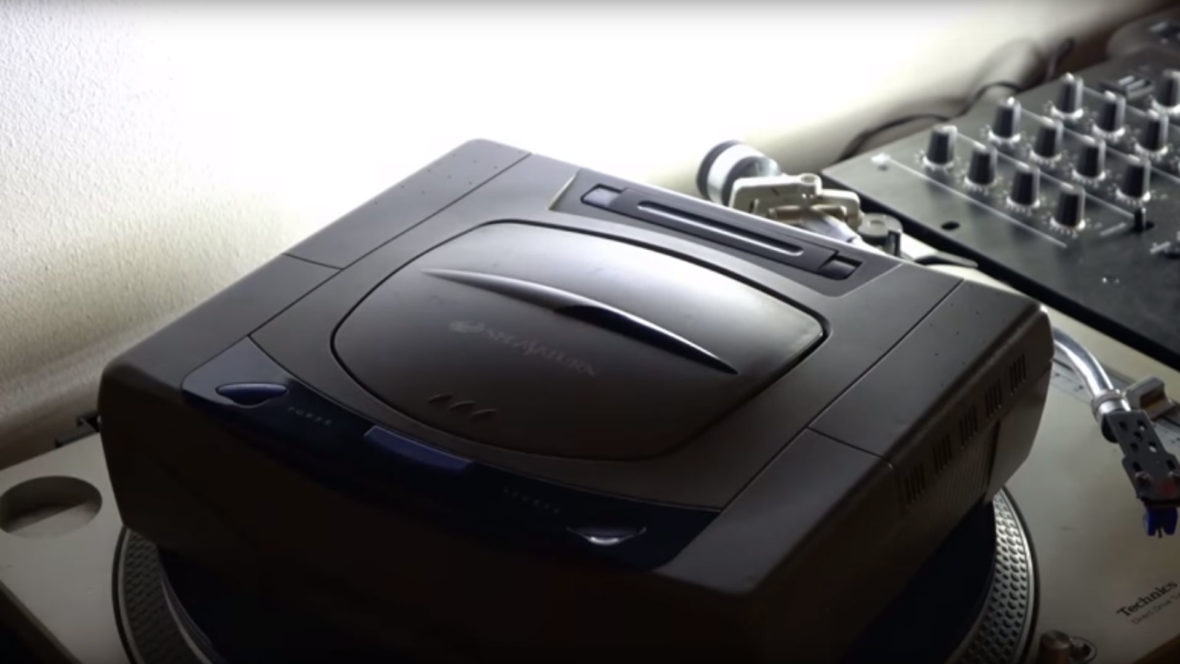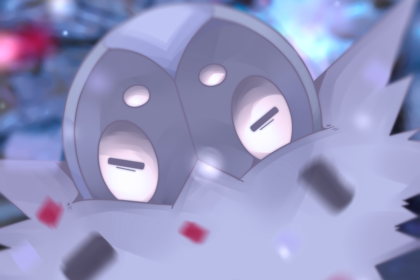The Sega Saturn is a 32-bit fifth generation home video game console that was developed by Sega. It was released on November 22, 1994, in Japan, May 11, 1995, in North America, and July 8, 1995, in Europe. It was the successor to the successful Sega Genesis and it had a dual CPU architecture and 8 processors. Take a look below for 25 more fascinating and interesting facts about the Sega Saturn.
1. The games for the Sega Saturn were in CD-ROM format and it’s game library contained several arcade ports as well as original games.
2. Development of the Sega Saturn began in 1992, which is the same year that Sega’s groundbreaking 3D Model 1 arcade hardware debuted.
3. It was designed around a new CPU from the Japanese electronics company Hitachi. Another video display processor was incorporated into the system’s design in early 1994 so it could better compete with Sony’s PlayStation.
4. The Sega Saturn was initially successful in Japan, but it failed to sell a big number of units in the United States after its surprise May, 1995, launch which was 4 months before its scheduled release date.
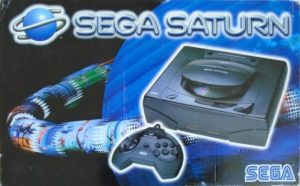
5. After the debut of the Nintendo 64 in late 1996, the Sega Saturn quickly lost market share in the United States, where it was discontinued in 1998.
6. Having sold only 9.26 million units worldwide, the Sega Saturn was considered a commercial failure.
7. The failure of Sega’s development teams to release a game in the wildly popular Sonic the Hedgehog series, known in development as Sonic X-treme, has been considered one of the major factors for the console’s poor performance in the marketplace.
8. Even though the Sega Saturn is remembered for several well regarded games, including Nights into Dreams, the Panzer Dragoon series and the Virtua Fighter series, its reputation is mixed due to its complex hardware design and limited third party support.
9. The Sega Saturn can’t render triangular polygons. Saturn games were made using 4 sided polygons and some of the polygons appeared to be triangular, but they were actually squares with the length of one of their sides set to zero. Multiplatform games like Tomb Raider had distorted textures in the Saturn versions because of how they were mapped to the fake triangles.
10. Development of the Sega Saturn was supervised by Hideki Sato, Sega’s director and deputy general manager of research and development.
11. According to Sega project manager Hideki Okamura, the Saturn project started over 2 years before the system was showcased at the Tokyo Toy Show in June, 1994.
12. The Saturn’s U.S. launch was accompanied by a reported $50 million advertising campaign that included coverage in publications like Wired and Playboy. Early advertising for the system was targeted at a more mature, adult audience than the Sega Genesis ads.
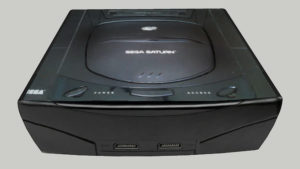
13. Within 2 days of its September 9, 1995, launch in North America, the PlayStation, backed my a big marketing campaign, sold more units than the Saturn had in the five months following its surprise launch.
14. On the first day of the May, 1996, E3 show, Sony announced that it would cut the price of its PlayStation system to $199, which was a reaction to the release of the Model 2 Saturn in Japan that released for a price equivalent to roughly $199. On the second day, Sega announced that it would match the price, even though Saturn’s hardware was much more expensive to manufacture.
15. In spite of the launch of the PlayStation and the Saturn, sales of 16-bit hardware and software continued to account for 64% of the video game market in 1995.
16. The Sega Saturn was popular in Japan and France because of the commercial with Segata Sanshiro, who was a man who devoted his life to the Sega Saturn.
17. The Japanese Sega Saturn was originally black but was later changed to a gray color.
18. The Sega Saturn failed due to poor communication between retailers to the point where shops like Wal-Mart actually refused to stock Sega systems and games.
19. The Saturn was discontinued in 1998 in North America and in 2000 in Japan.
20. The last video game on the Sega SAturn was Deep Fear and it was released in 1998.
21. Sega tried to sell the Sega Saturn with an advertisement of a bearded ballerina, a bald woman with a ring around her head, an almost naked male bodybuilder, and people wearing Smurf hats.
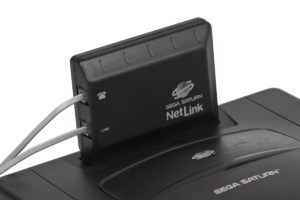
22. Some games that made the Saturn popular in Japan, such as Grandia and the Sakura Wars series, never saw a Western release due to Sega of America’s policy of not localizing Role Playing Games and other Japanese games that might have damaged the system’s reputation in North America.
23. The Sega Saturn’s library also garnered criticism for its lack of sequels to high profile Genesis era Sega franchises, with Sega of Japan’s cancellation of a planned third installment in Sega of America’s popular Eternal Champions series cited as a significant source of controversy.
24. Sega developed an arcade board based on the Saturn’s hardware and called it the Sega ST-V, or Titan, which was intended as an affordable alternative to Sega’s Model 2 arcade board as well as a testing ground for upcoming Saturn software.
25. Like the Genesis, the Saturn had an internet based gaming service called the Sega NetLink. The NetLink was a 28.8k modem that fit into the cartridge slot in the Saturn for direct dial multiplayer. It Japan, a pay to play service was used but NetLink could also be used for web browsing, sending email or online chat.

